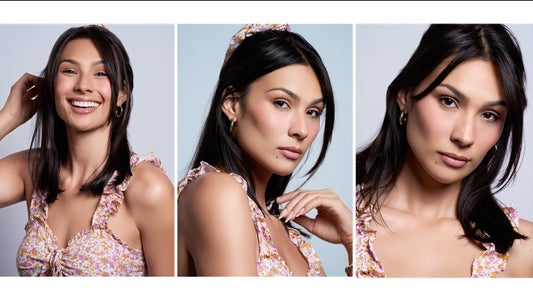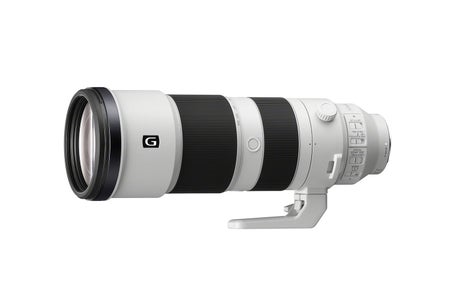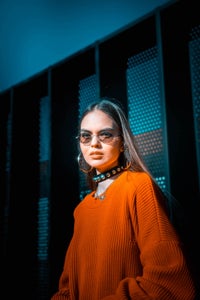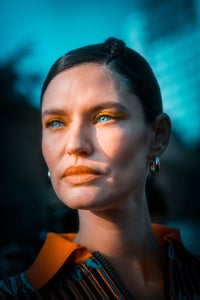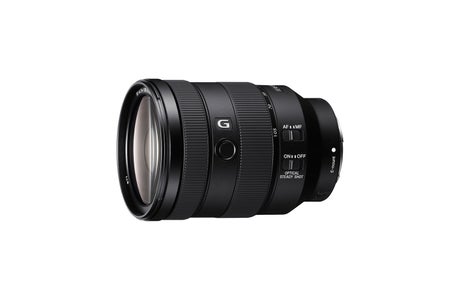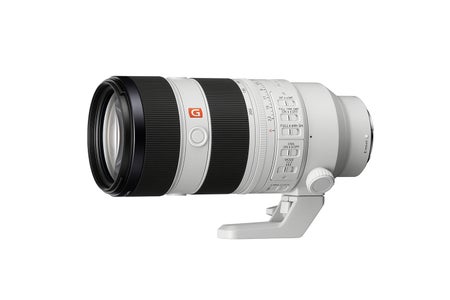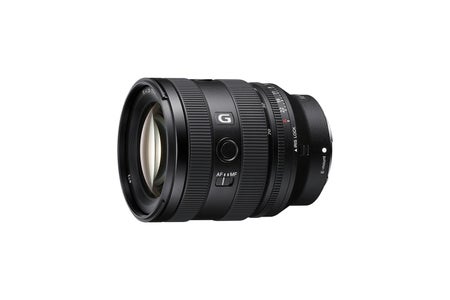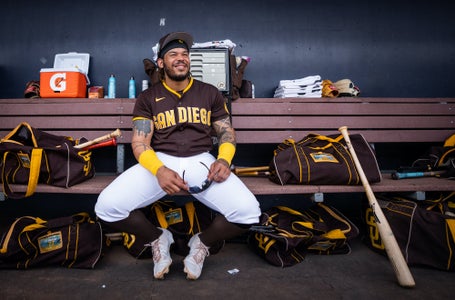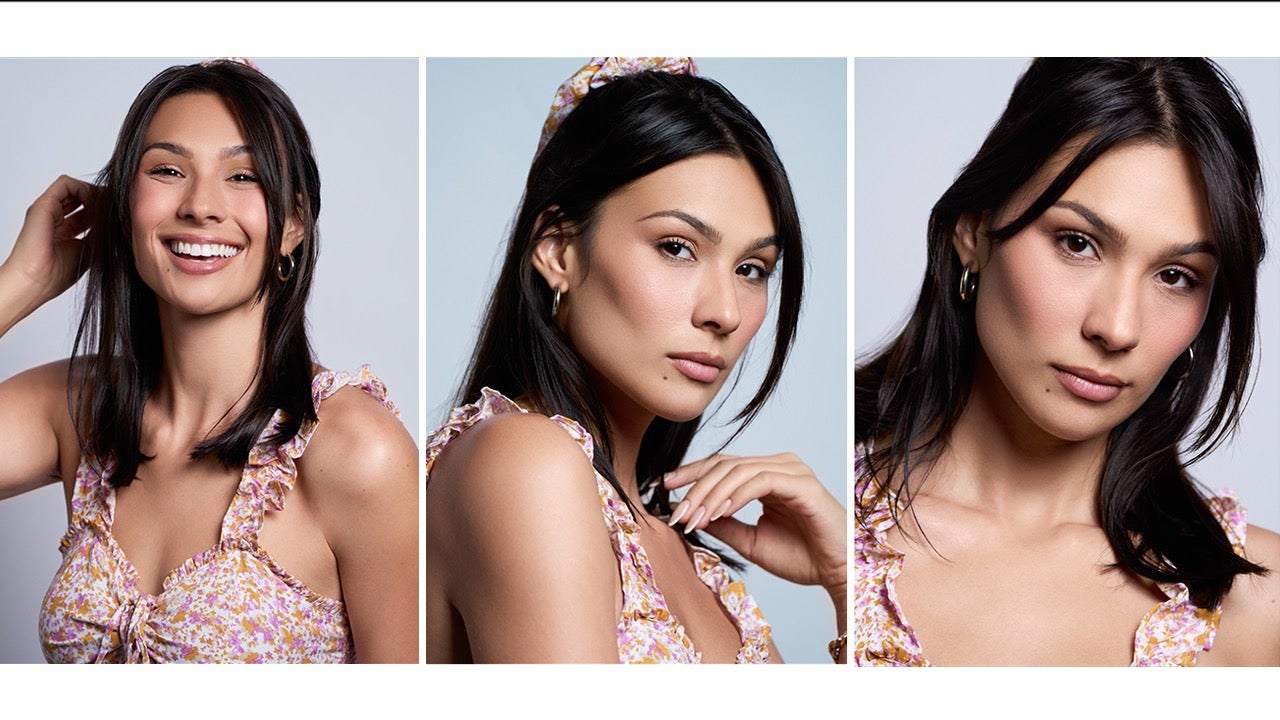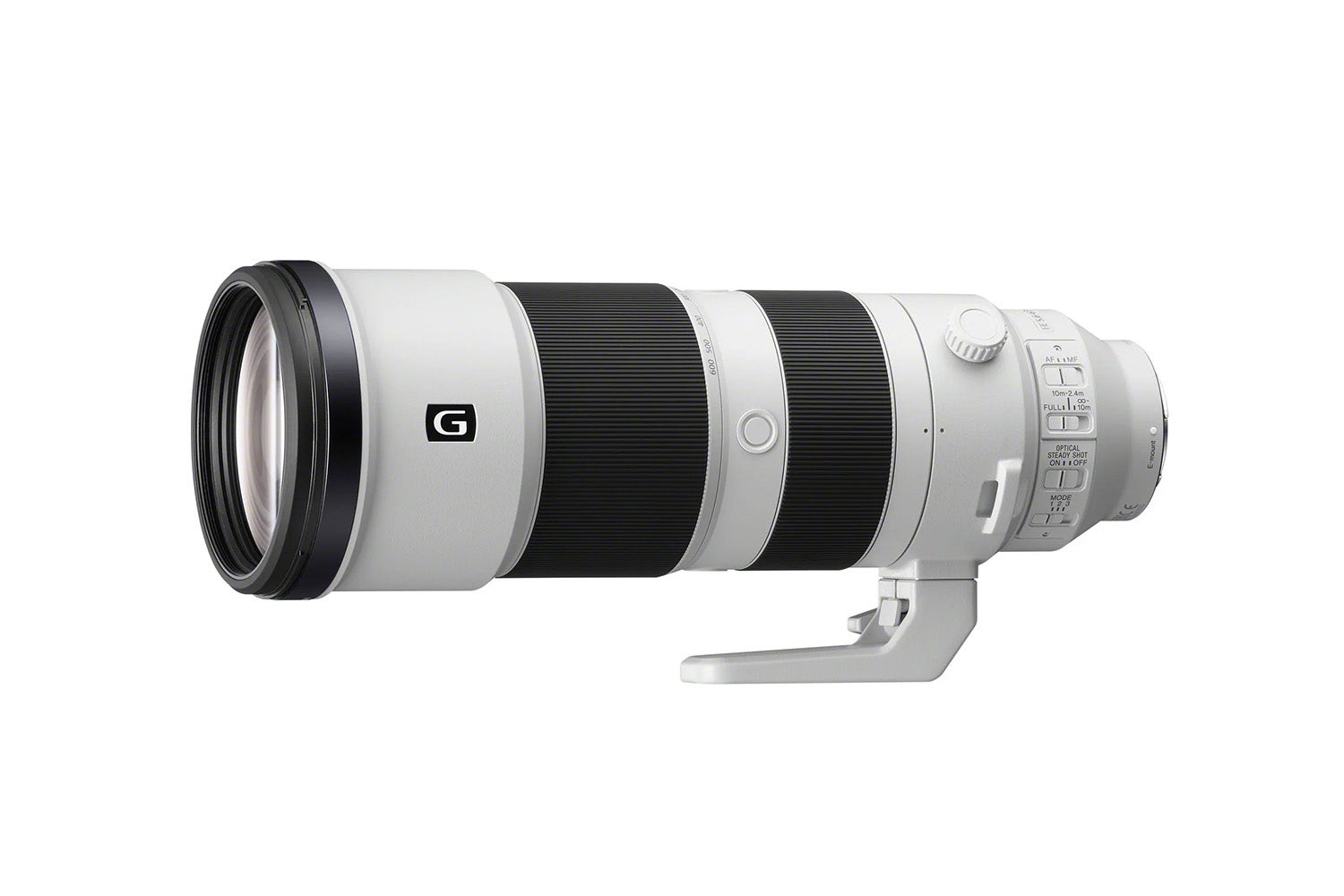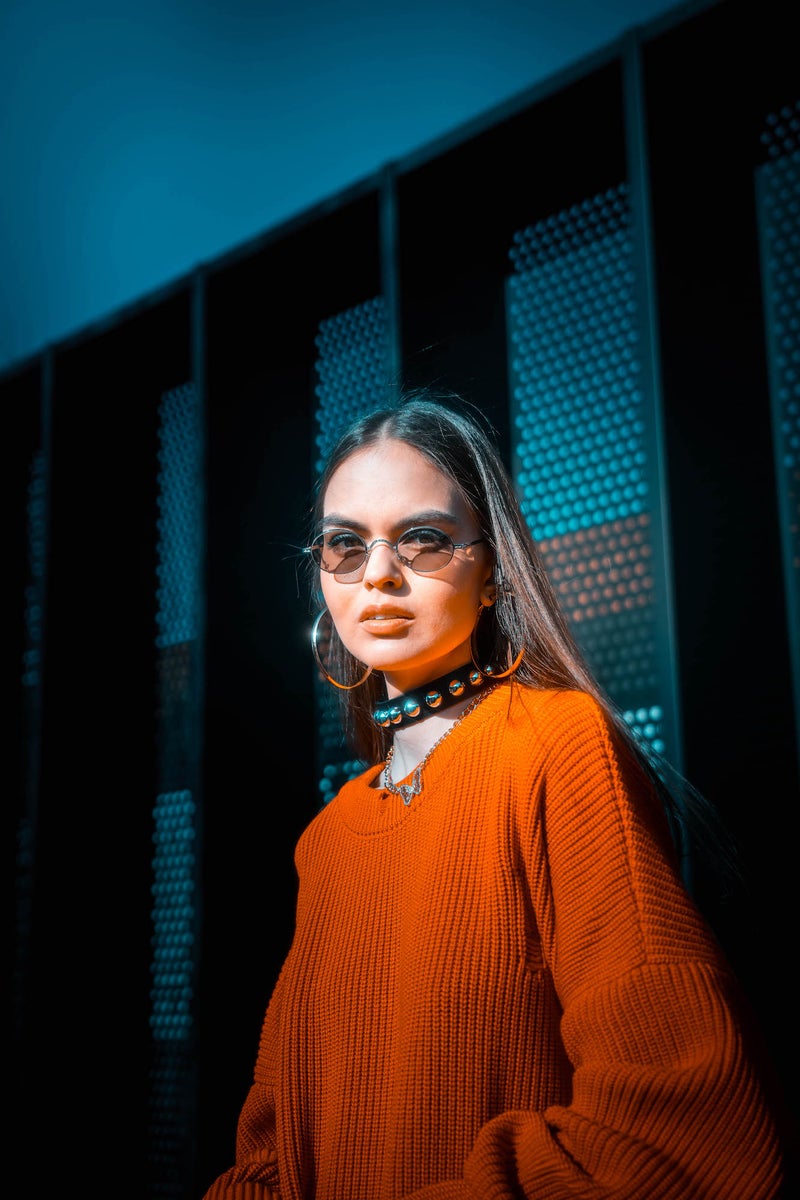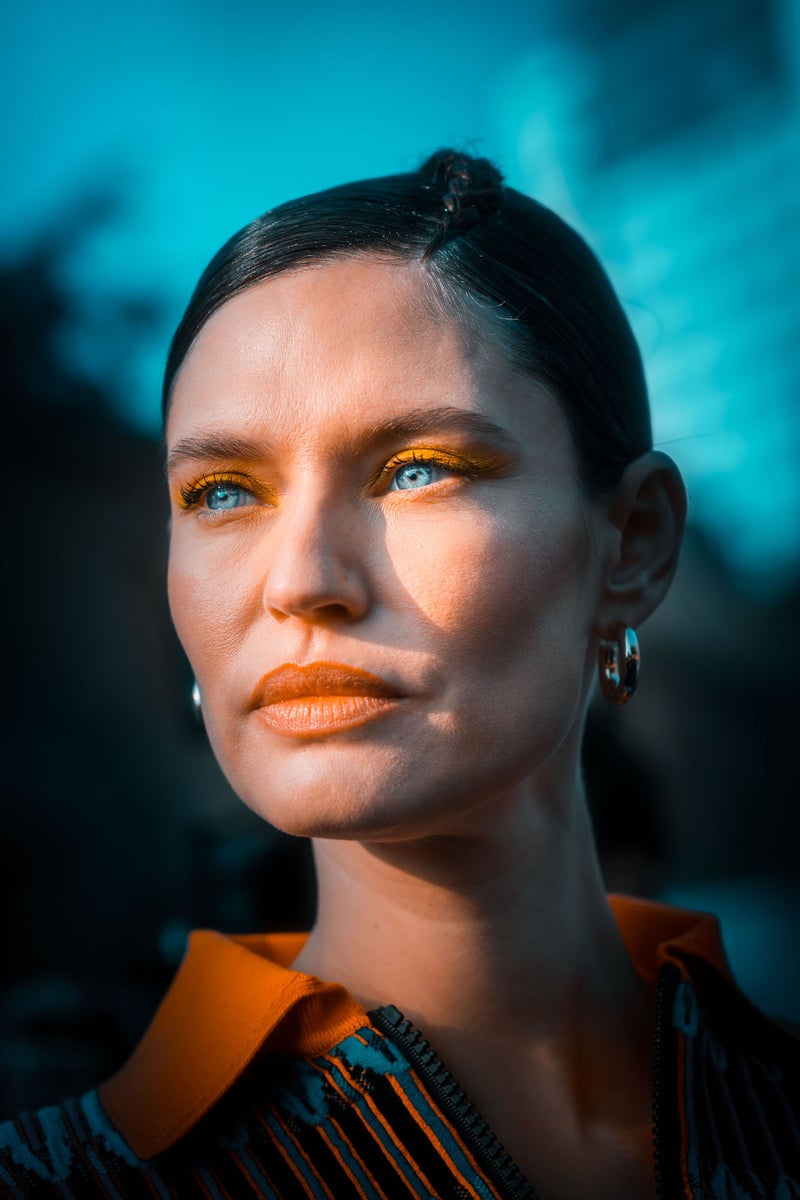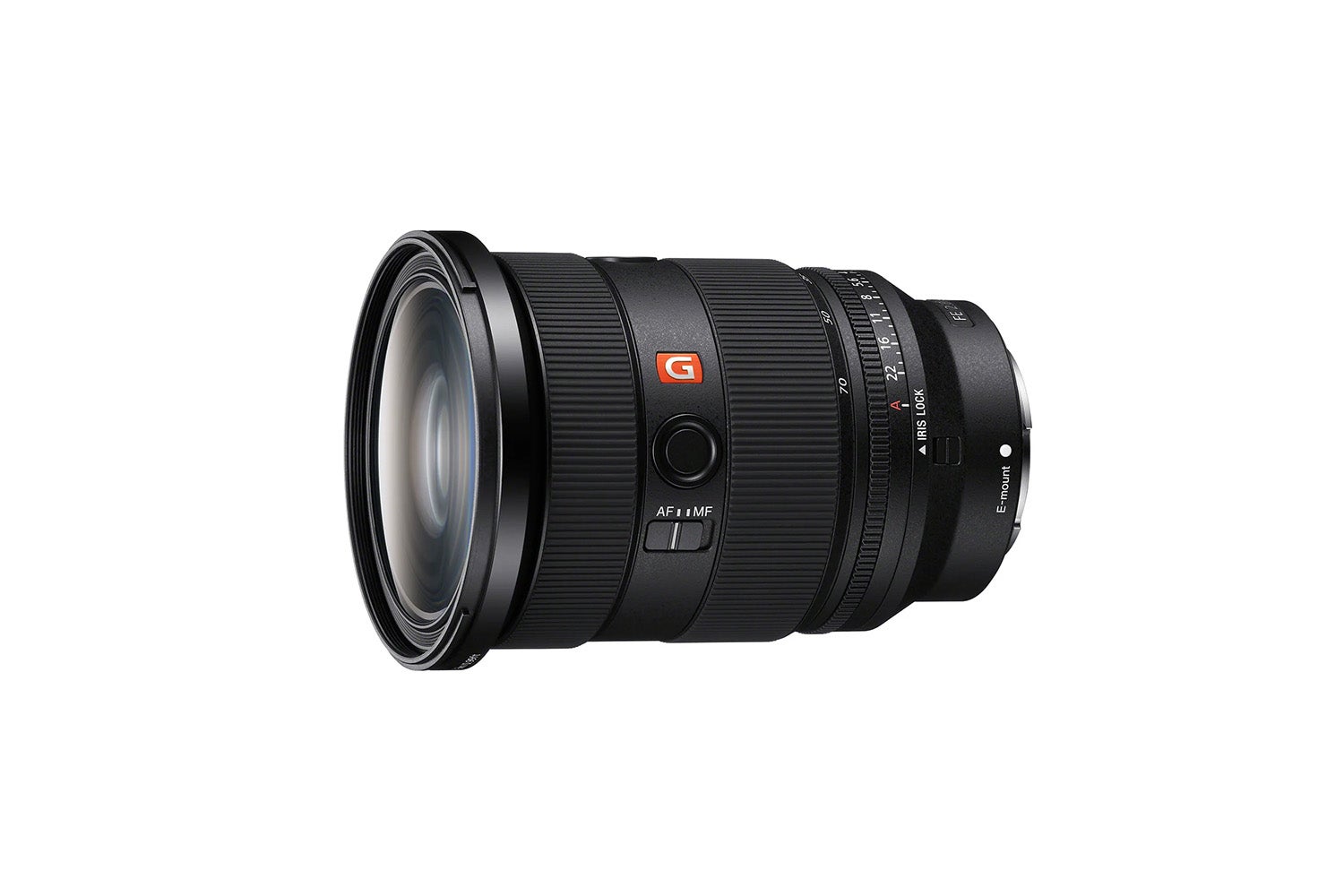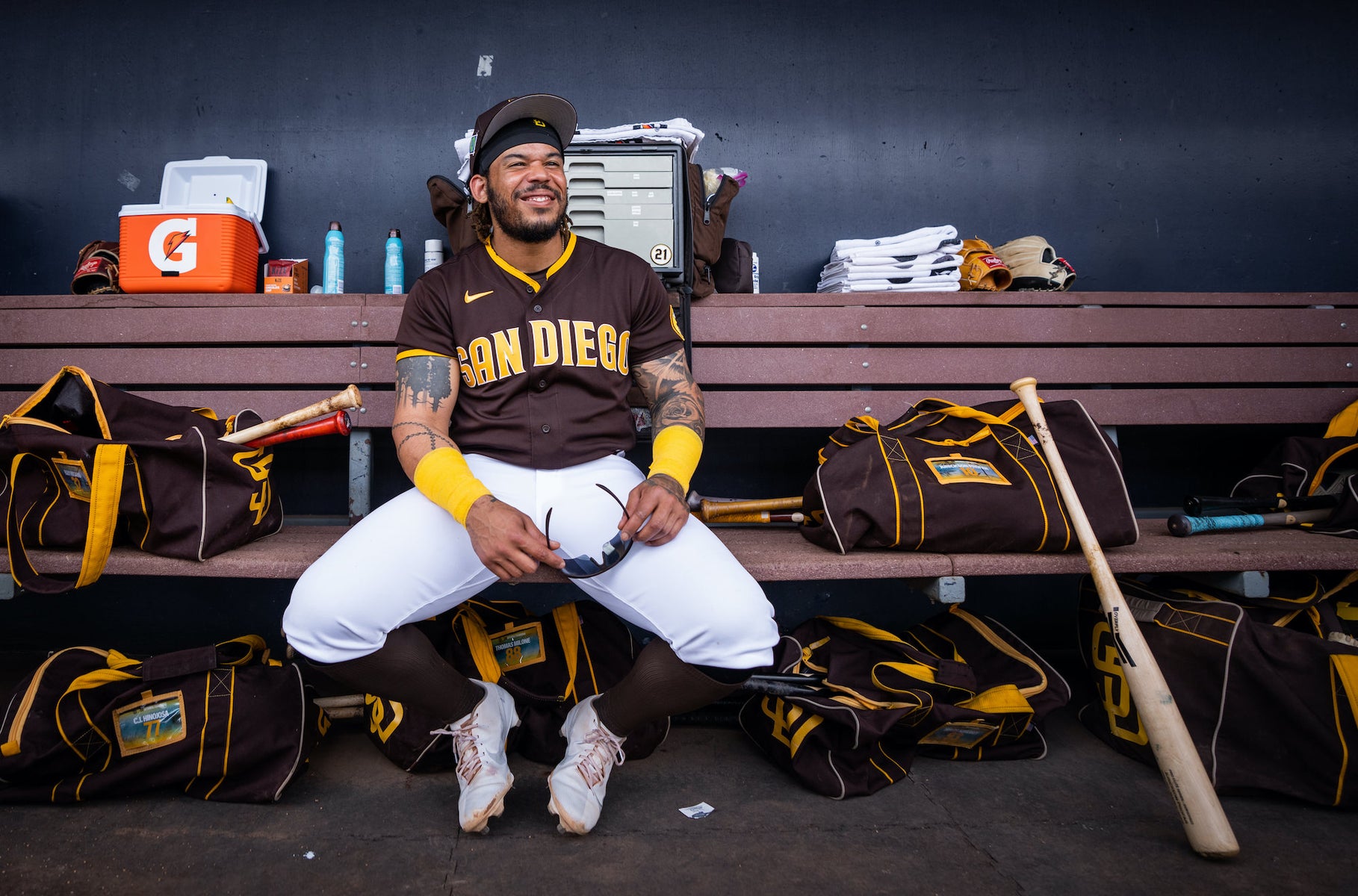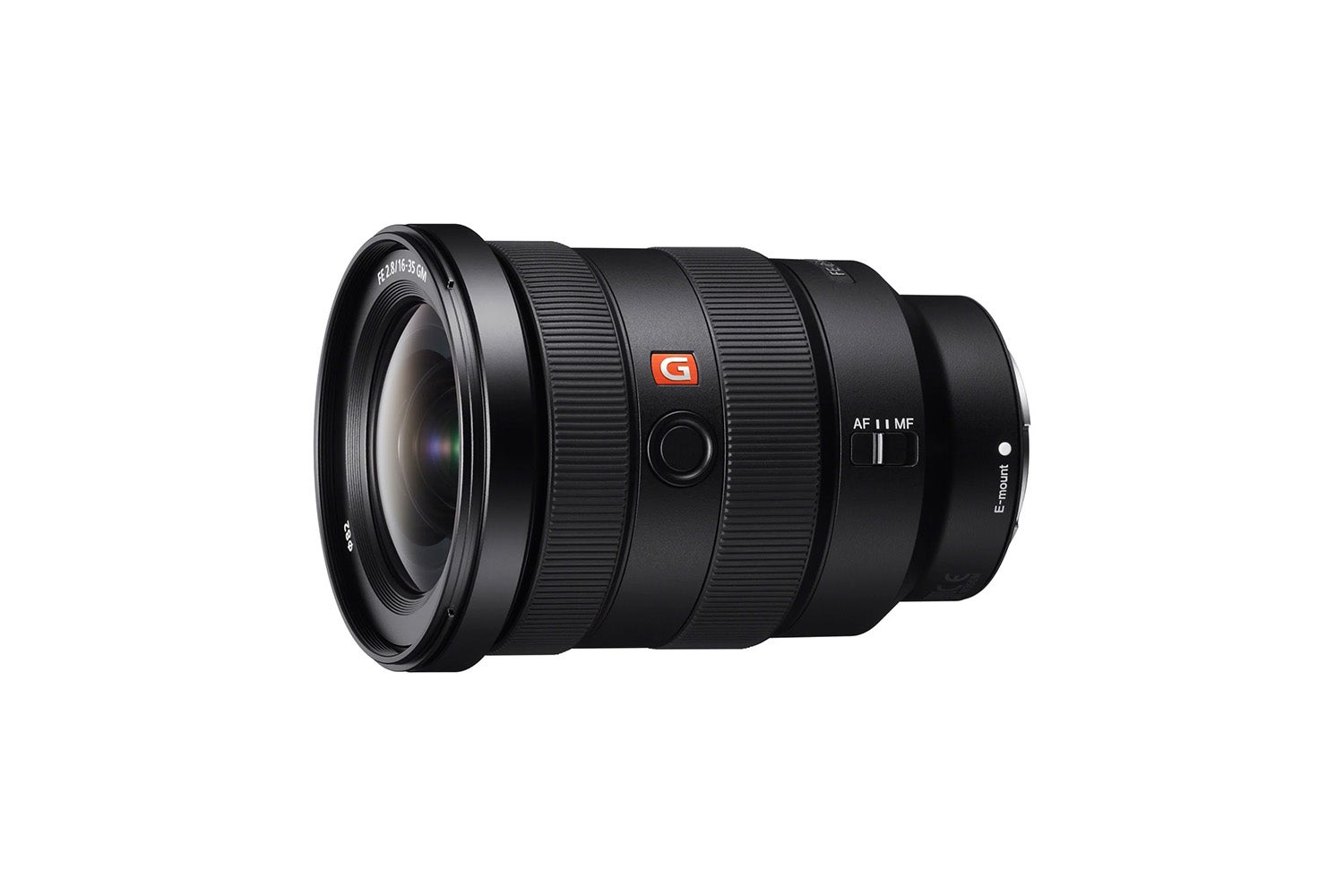When photographing portraits on location, sometimes having the versatility of a zoom lens on hand can make all the difference. While not as compact as those in our list of Best Prime Lenses For Location Portraits, these zoom lenses offer an unrivaled balance of versatility and sharpness to help you create portraits on location with ease. And, let’s be real…these are Sony zoom lenses we’re talking about, so you know they’re still pretty light and compact considering their focal ranges. Check out our list of the best zoom lenses for location portraits below and see what other portrait photographers have to say about them.
Product Preview – In This Article You’ll Find:
–Sony Alpha 7R V
–Sony Alpha 1
–Sony Alpha 7 IV
–Sony Alpha 7R III
–Sony 16-35mm f/2.8 G Master
–Sony 20-70mm f/4 G
–Sony 24-70mm f/2.8 G Master II
–Sony 24-105mm f/4 G
–Sony 70-200mm f/2.8 G Master II
–Sony 200-600mm f/5.6-6.3 G
These Sony zoom lenses offer an unrivaled balance of versatility and sharpness to help you create portraits on location with ease.
Sony 16-35mm f/2.8 G Master
The Sony 16-35mm f/2.8 G Master is an insanely sharp and adaptable zoom that many portrait photographers choose to include in their kits. The focal range allows you to quickly switch between those closer head–to-waist portraits to a wider portrait that maintains a wider background-to-subject ratio. The bottom line is it’s a classic and popular G Master zoom, and you know it’s going to give you good results.
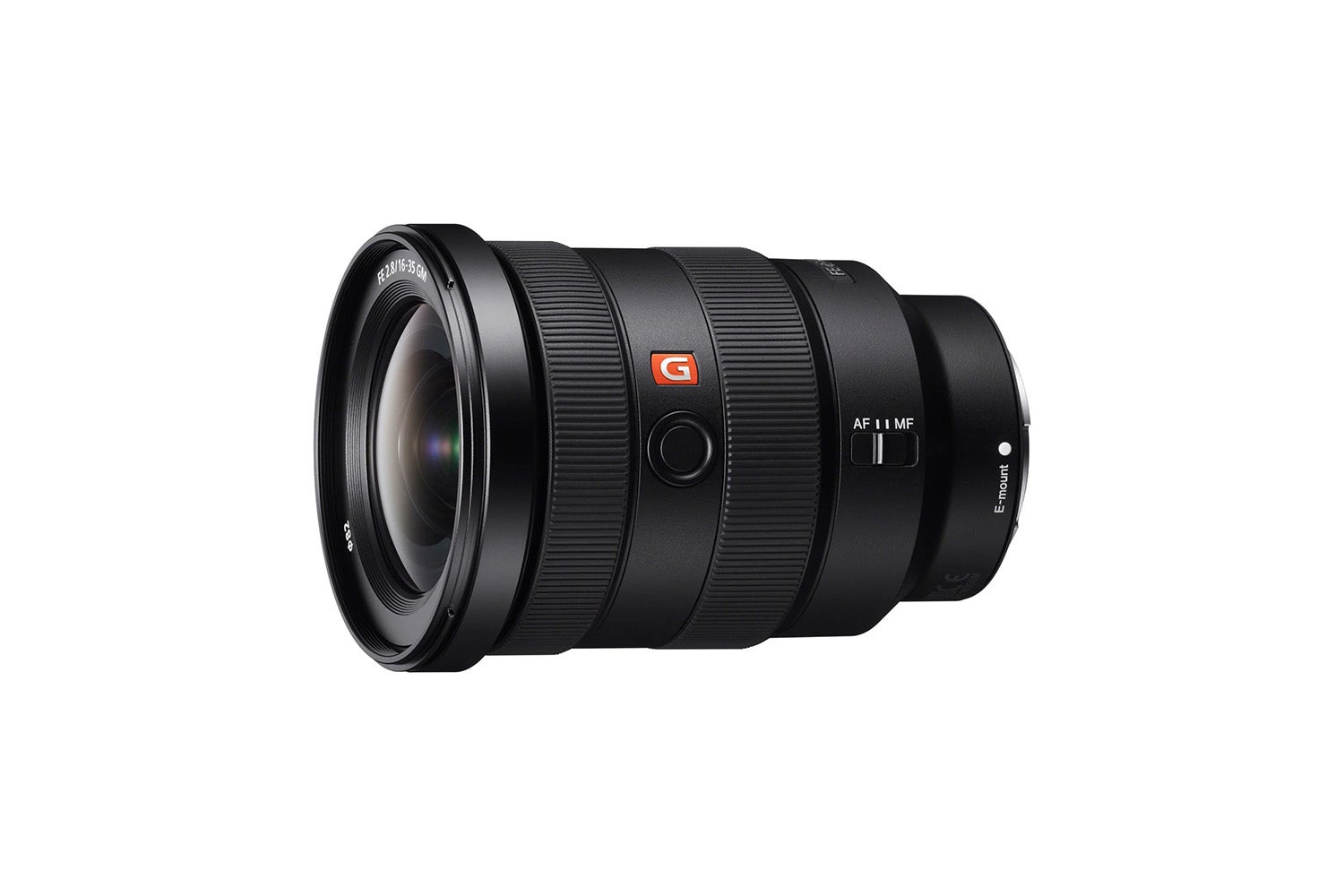
Photographer and Sony Artisan Jean Fruth creates a visual variety of sports images that tell a story, and included in that variety is sports portraiture. When shooting portraits, her go-to is pairing the Sony 16-35mm f/2.8 G Master lens with her Sony Alpha 1 so she can incorporate some of the environment like in the dugout photo below. Read about how she creates sports portraits and more in 7 Pro Tips For Creating Sports Images That Tell A Story.
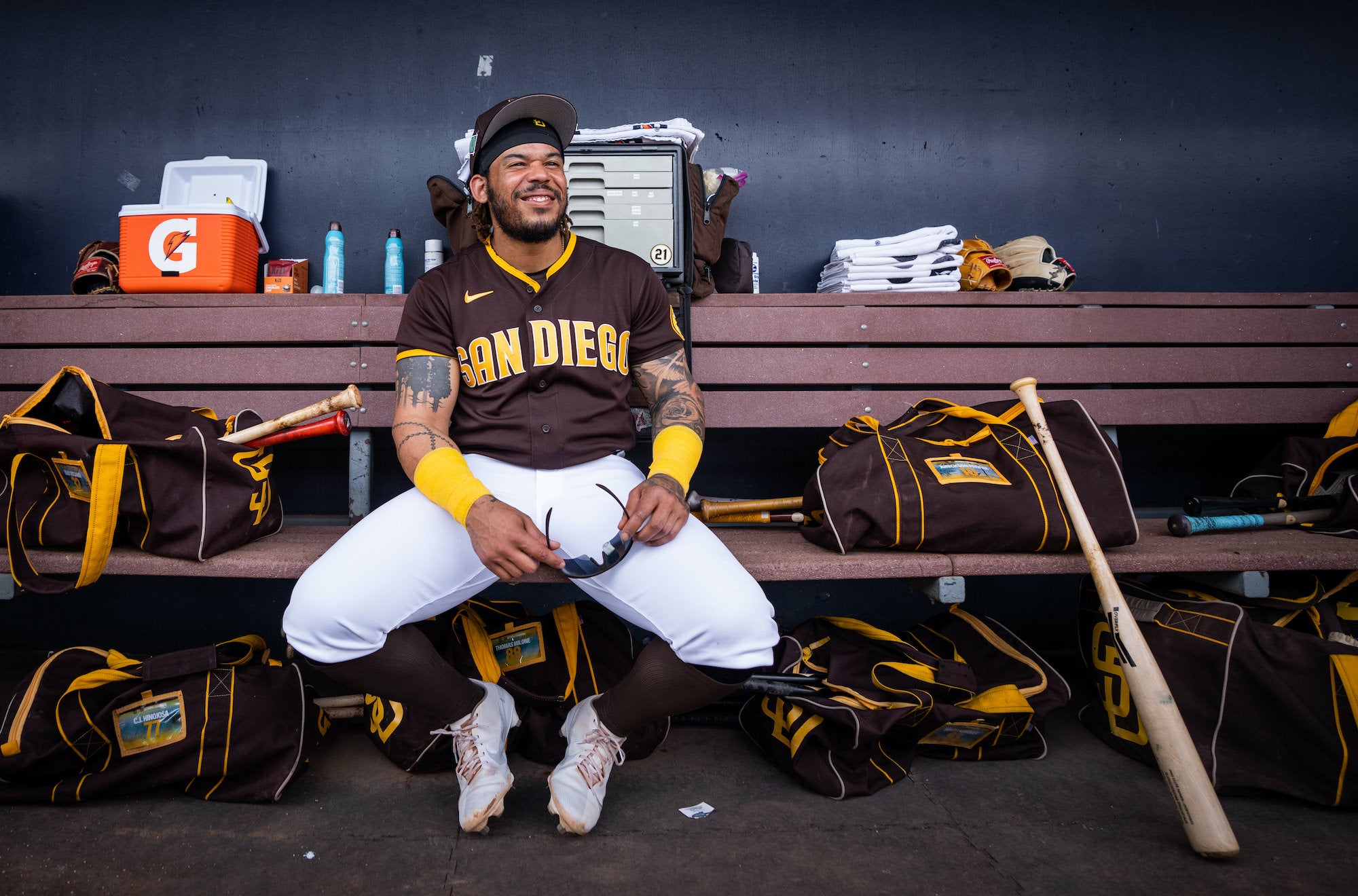
Photo by Jean Fruth. Sony Alpha 1. Sony 16-35mm f/2.8 G Master. 1/800-sec., f/2.8, ISO 250
Alpha Collective member Dane Isaac (@dane.isaac) also picks up the Sony 16-35mm f/2.8 G Master zoom to use for portraiture along with his Sony Alpha 7 IV or Sony Alpha 7R III. He likes to utilize the space during a location shoot, and using a zoom to incorporate the details of the surroundings allows him to create a story. Read more in See This Pro's Process & Essential Gear For Location Portraits.
Sony 20-70mm f/4 G
The Sony 20-70mm f/4 G is the perfect choice for a variety of content capturing scenarios, and that most certainly includes portraits. The lens produces beautiful bokeh and its tracking performance shines during those lively portrait sessions. Its versatile zoom range in such a lightweight package makes it a great choice to include in your kit when heading out for a portrait shoot.
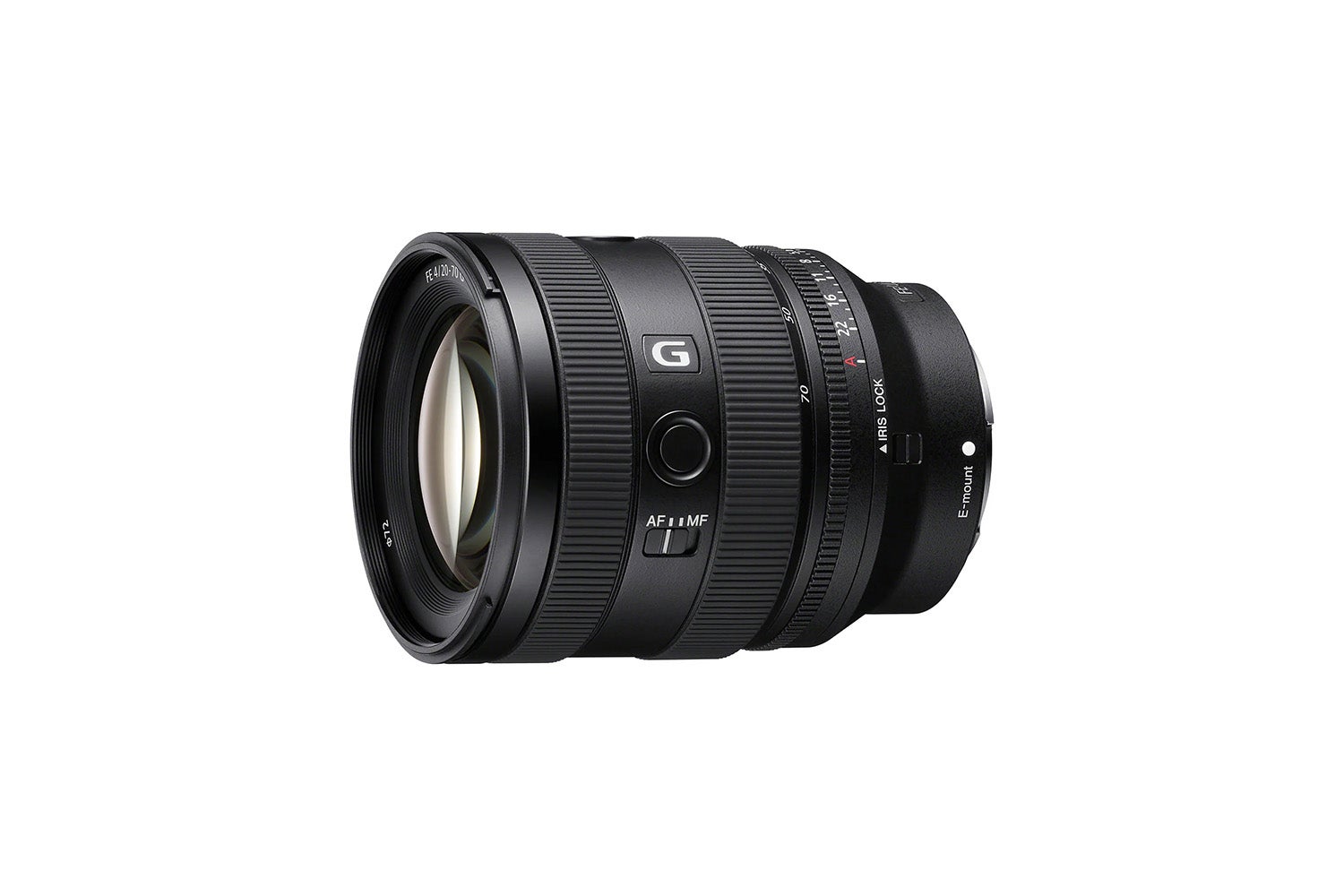
Alpha Collective member Sal D’Alia has used the Sony 20-70mm f/4 G lens for portraits and says the results are sharp with very milky bokeh and great skin color. “My favorite thing about it is having the 20mm focal length in a zoom. It's sharp and there's no distortion at 20mm. The AF motors and the 20mm focal length are the two best selling points of the lens." Read more in Hands On With The Sony 20-70mm f/4 G – See The First Shots.

Photo by Sal D’Alia. Sony Alpha 7 IV. Sony 20-70mm f/4 G. 1/160-sec., f/4, ISO 125
Sony Artisan Miguel Quiles also likes to use the Sony 20-70mm f/4 G lens for portraits with the Sony Alpha 7R V – which he shows in the location portraits video below. “The image quality coming from this lens and camera combo is excellent which made it an easy choice for this shoot,” he says. Read more in How To Create Studio-Style Portraits Outdoors.
Sony 24-70mm f/2.8 G Master II
The Sony 24-70mm f/2.8 G Master II is lighter and more compact than other 24-70mm zooms, and with its evolved image quality your portraits will be the cream of the crop. This zoom range is great for capturing those environmental portraits that share more of the subject’s surrounding scene and help add context to their story. It’s also very fast and good at tracking, so if your subject is moving through poses you can easily keep up and get sharp results even during those “in-between” moments.
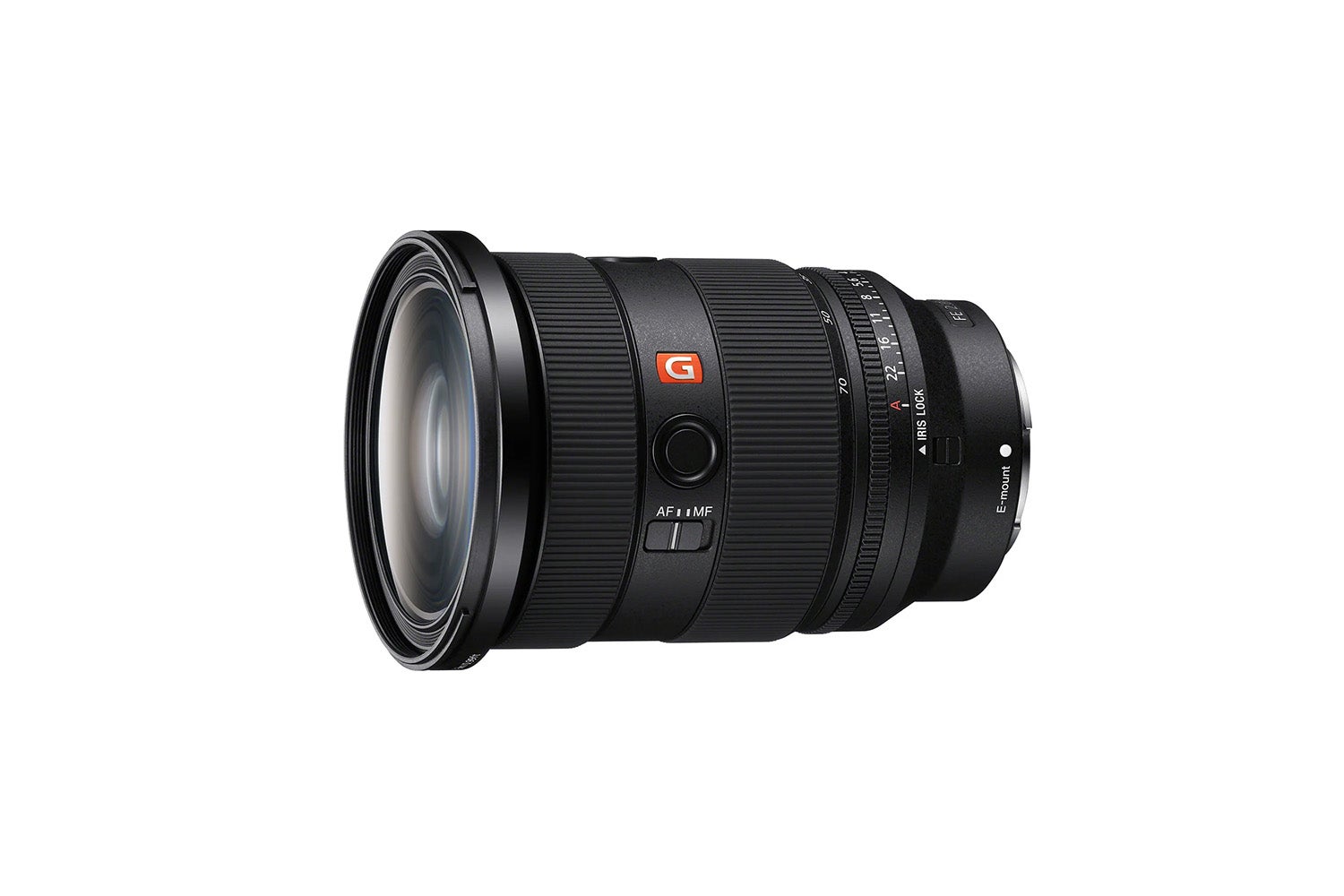
Sony 24-70mm f/2.8 G Master II
Maria Hildebrand is an adventure wedding photographer, so most of her portraits are taken of couples on location. She calls the Sony 24-70mm f/2.8 G Master II her all time favorite lens. “I just upgraded from Version I to Version II and the Version II is smaller, more lightweight and even faster than the first,” she says. “I love how easily I can capture a beautiful wide landscape shot with the 24 mm and then quickly zoom in to 70mm to get a closer shot with a beautiful compression. It is perfect for getting ready shots in small rooms, and it is my go-to lens for capturing portraits at night underneath the stars to capture as much of the sky as possible.” Read more in What’s In My Bag: The Complete Kit For Adventure Wedding Photography.
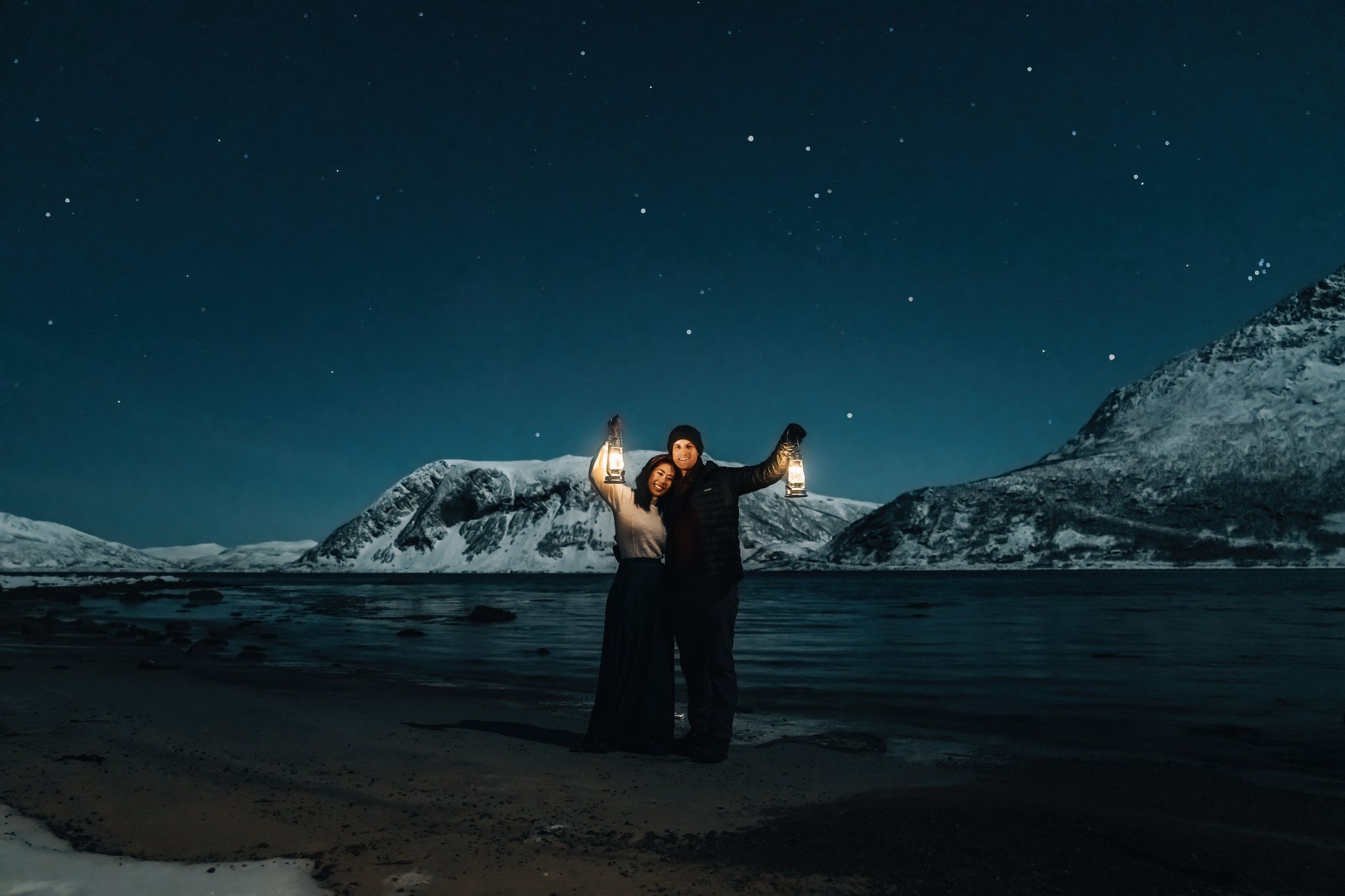
Photo by Maria Hildebrand. Sony Alpha 7 IV. Sony 24-70mm f/2.8 G Master II. 1/4-sec, f/2.8, ISO 4000
YouTuber, professional portrait photographer and Sony Artisan Miguel Quiles included the Sony 24-70mm f/2.8 G Master II in his kit for on-location portraiture. “Just like the 70-200mm f/2.8 G Master II, it’s sharp, the autofocus is fast, it’s accurate. Really between those two lenses, anything that I run into I’m able to capture. If I want to capture an environmental portrait, get more of the scene within the photo to tell more of the story, I can do that with the 24-70mm.” Read more in What’s In My Bag: 2 Zooms & A Prime For On-Location Portrait Shoots.
Sony 24-105mm f/4 G
The Sony 24-105mm f/4 G perhaps tops the list in terms of versatility. The multi-talented lens is often a part of portrait photographers’ toolkits because it covers most shooting needs you would ever come across on location. It offers that beautiful blend of sharpness and bokeh to optically enhance your portraits and show an interesting view between subject and background.
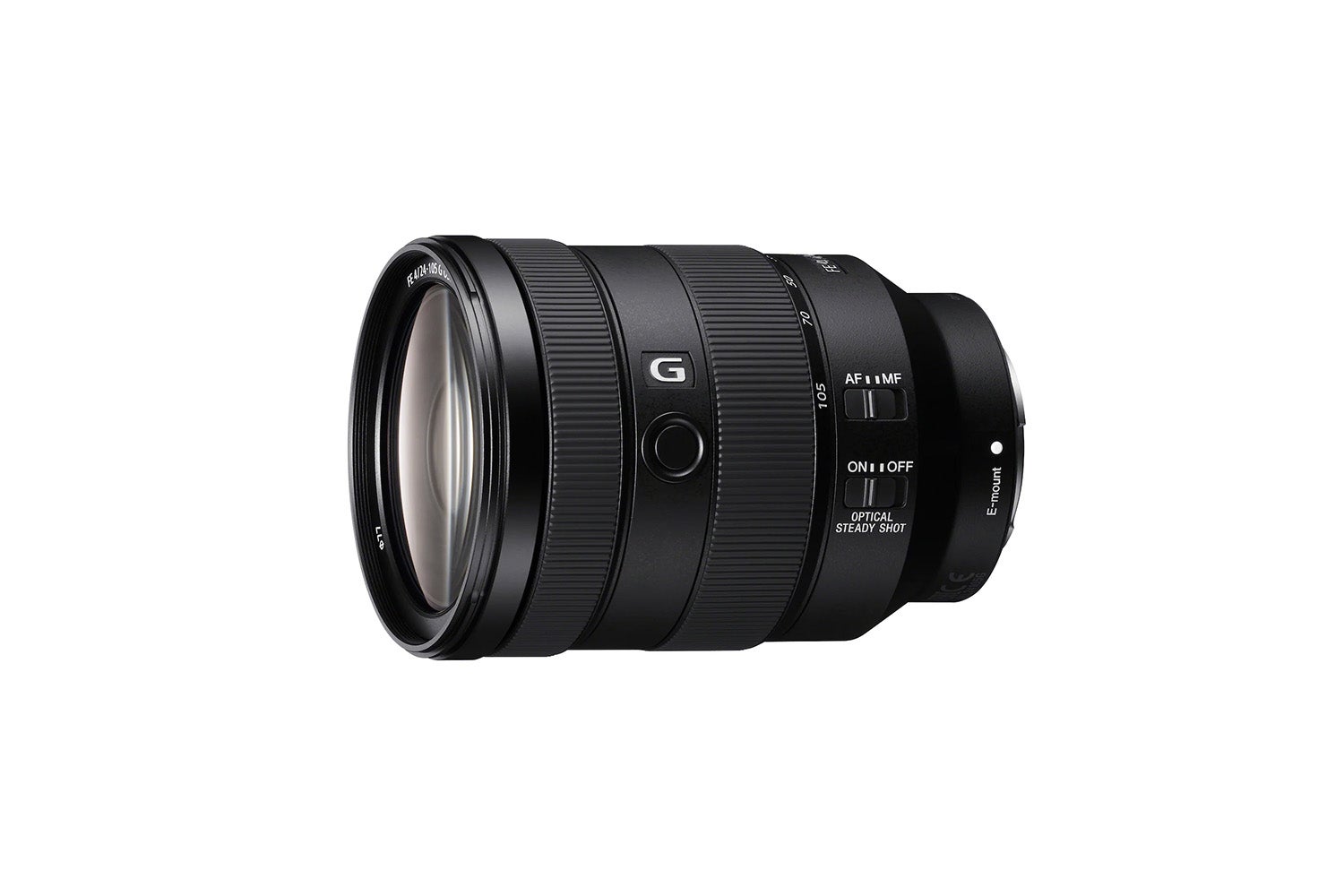
Creative fashion photographer Natascia Mercurio often shoots fashion portraits on location, and the Sony 24-105mm f/4 G is one she never leaves at home. “The most versatile zoom lens ever. I’ve found that you can’t really live without it. The image quality is absolutely stunning. I have rarely been in a situation where I wished I had something else.” See some of the images she created using the lens below and read more in What’s In My Bag: A Complete Kit For Creative Fashion, Portrait & Street Photography.
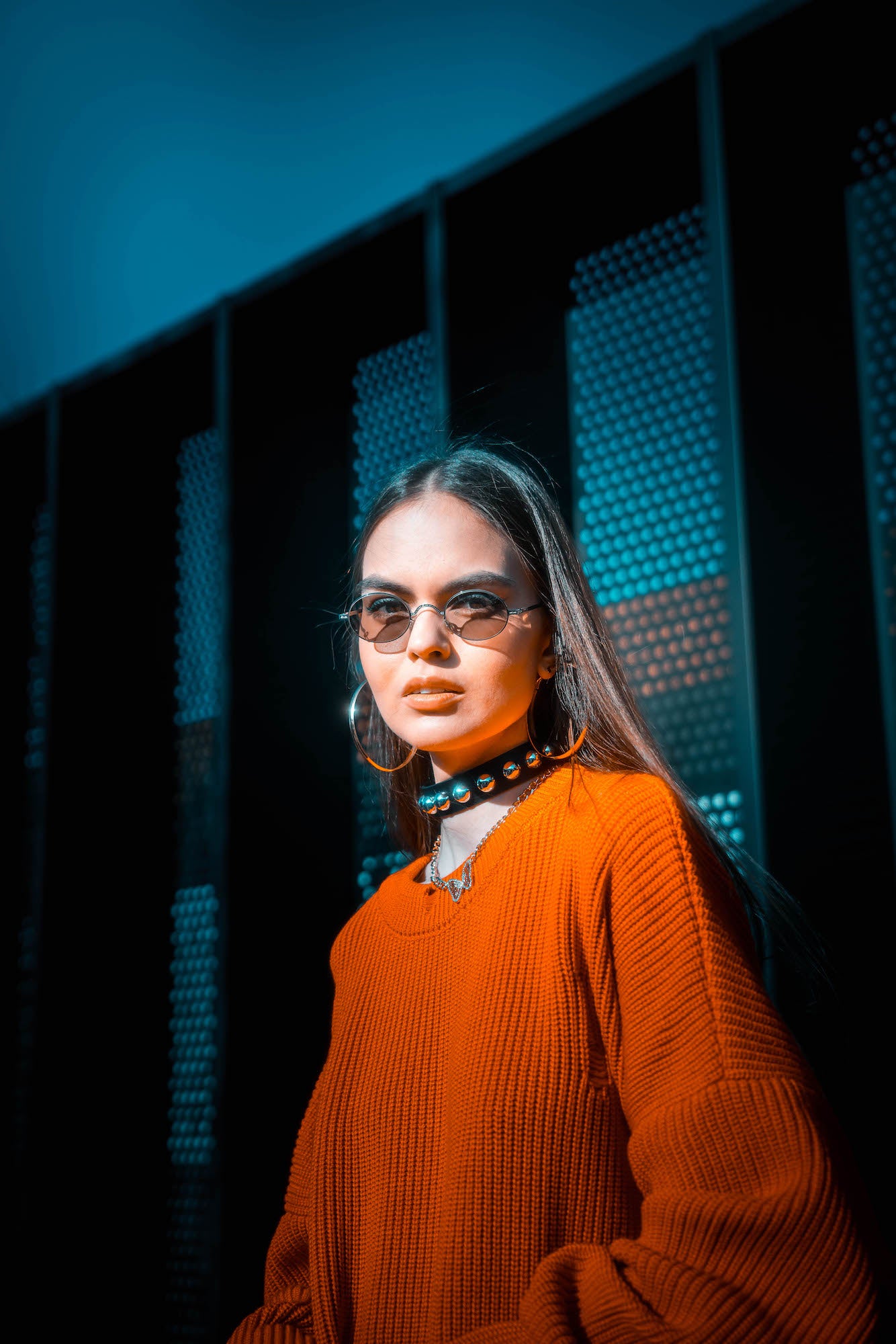
Photo by Natascia Mercurio. Sony Alpha 7R III. Sony 24-105mm f/4 G. 1/5000-sec., f/4, ISO 640
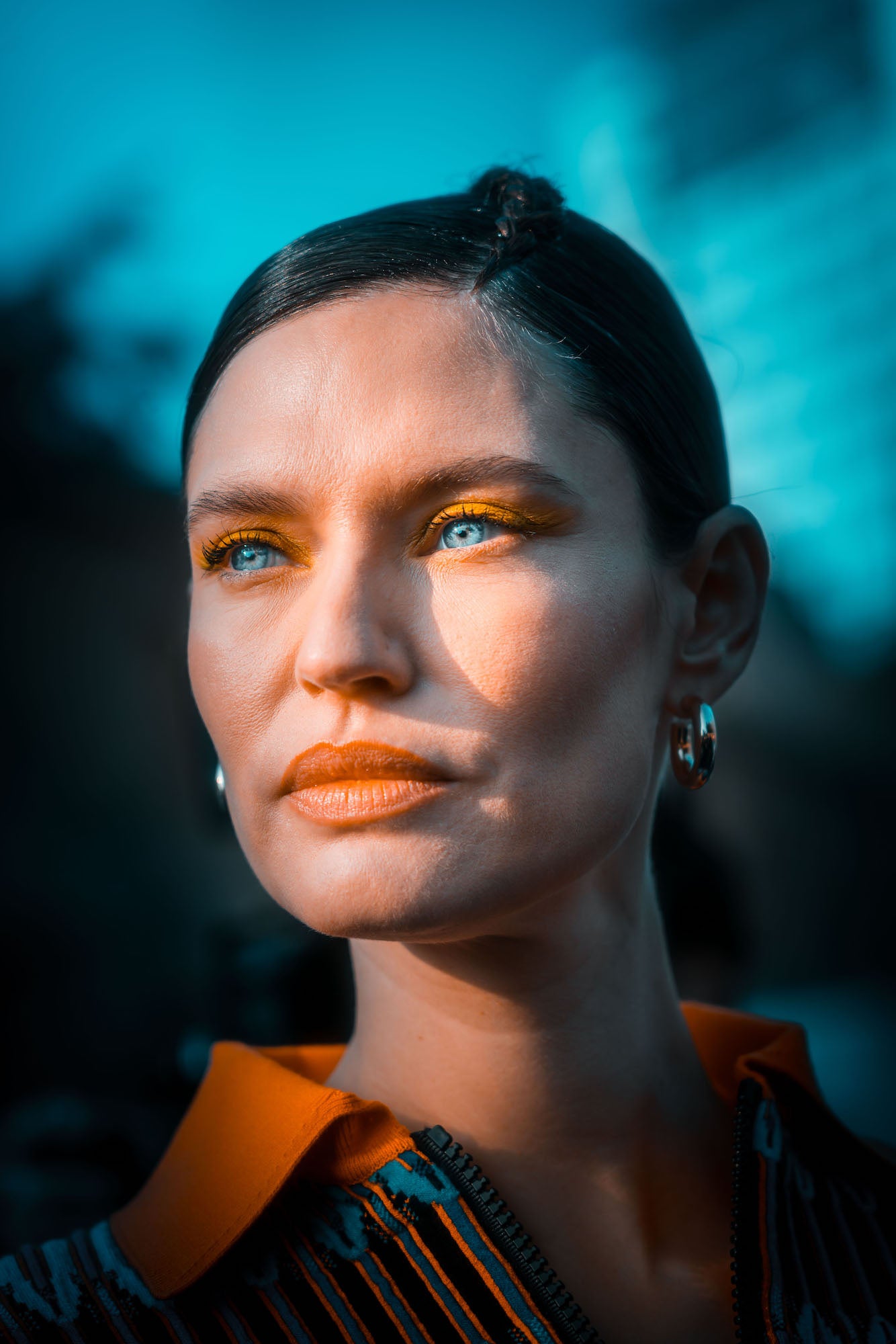
Photo by Natascia Mercurio. Sony Alpha 7R III. Sony 24-105mm f/4 G. 1/800-sec., f/4, ISO 125
Sony 70-200mm f/2.8 G Master II
The Sony 70-200mm f/2.8 G Master II is exactly what you would expect from a second generation G Master. An unmatched combination of resolution and bokeh along with fast autofocus makes it an excellent zoom for portrait photography. Add in the fact that it’s the lightest 70-200mm lens in the world and it really makes it the perfect versatile option for those on-location portrait shoots.
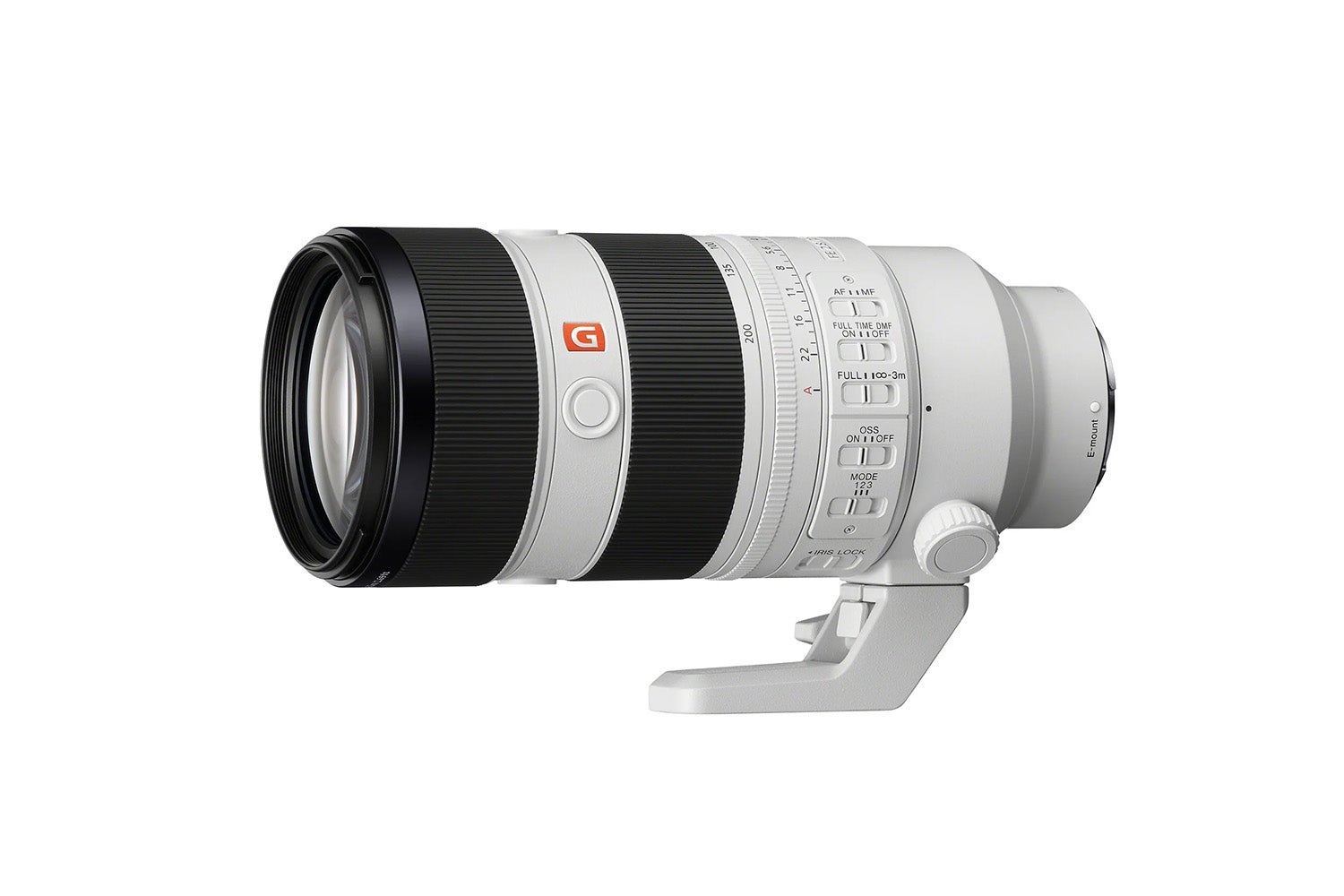
Sony 70-200mm f/2.8 G Master II
Professional portrait photographer and Sony Artisan Monica Sigmon calls the Sony 70-200mm f/2.8 G Master II her favorite lens when shooting out on location. “This zoom lens allows me to marry the subject and environment beautifully with a shallow depth-of-field that emphasizes my clients, but still gives a sense of place,” she says. “The new GM II is noticeably lighter and faster, making shooting with it an absolute dream. That kind of responsiveness is key when working with animals and/or small children.” Read more in What’s In My Bag: 2 Zooms, 2 Primes & A High-Megapixel Workhorse For High-End Portraits.

Photo by Monica Sigmon. Sony Alpha 7R III. Sony 70-200mm f/2.8 G Master. 1/250-sec., f/8, ISO 800
Sony Artisan Kesha Lambert also likes to use the Sony 70-200mm f/2.8 G Master II for location portraits, especially on wedding day. “In terms of portrait work, this lens has really great compression and the image quality is excellent,” she says. “The lens performs really well in low light and there’s minimal hunting which is what I need. From more of a wedding photographer’s perspective, I love using the 70-200mm focal point for moments because it allows me to not be close to the moment and still get unexpectedly intimate portraits of the moment.”
Sony 200-600mm f/5.6-6.3 G
The Sony 200-600mm f/5.6-6.3 G? For location portraits? We know, you probably didn’t expect to see this one on the list, but trust us when we say it’s a solid choice. The lens provides excellent subject separation, sharpness, compression and detail that could otherwise be lost when using a wider focal length and aperture. Using this lens for portraits is a great way to create unique images outside of what you might typically see.
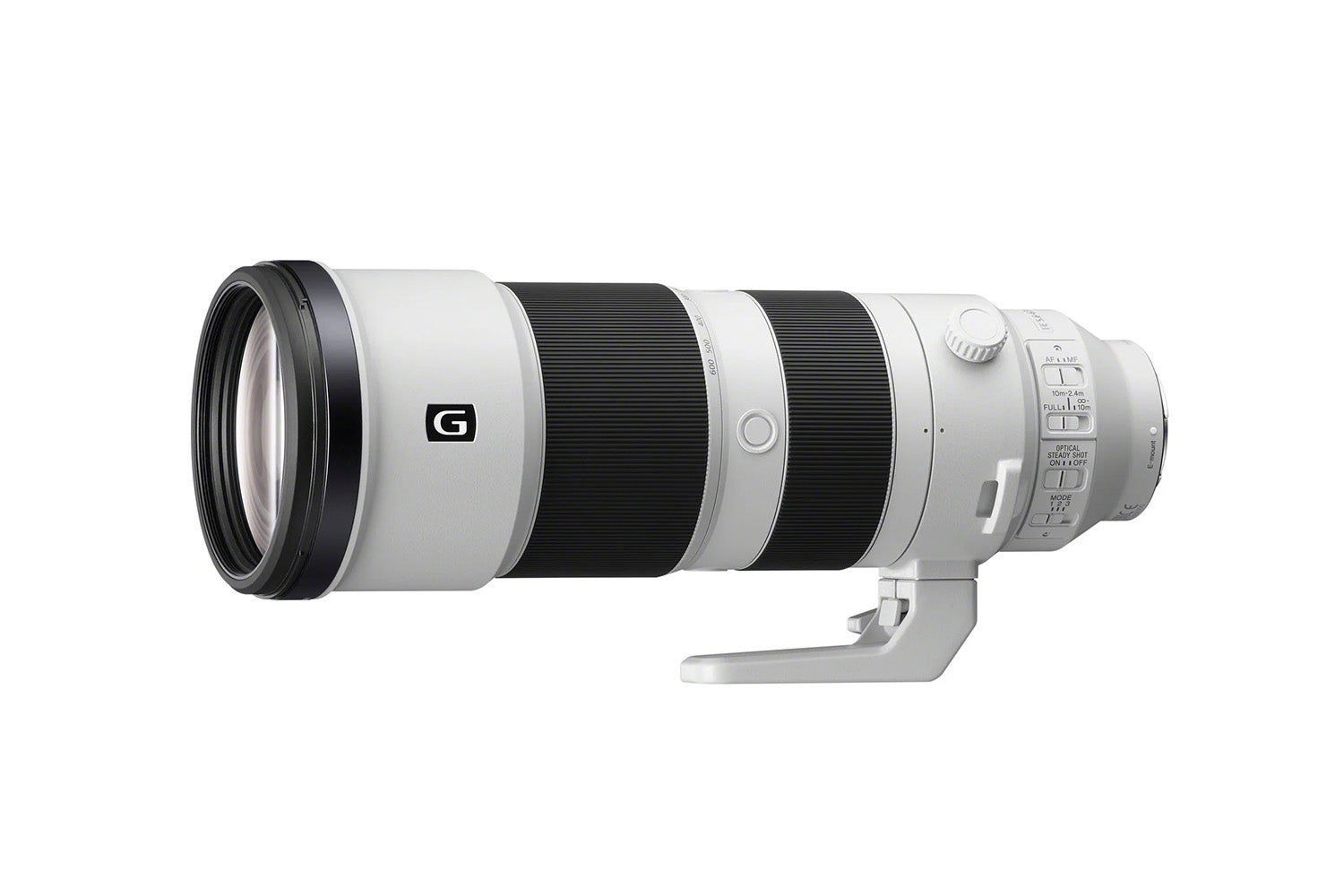
While not commonly looked at as a portrait lens, professional portrait photographer and Sony Artisan Miguel Quiles uses the Sony 200-600mm f/5.6-6.3 G for on-location portraits in the video below. “On paper, this isn’t a lens that a portrait photographer would instinctively reach for,” he says. “After all, while the lens is pretty lightweight given the size of it, most photographers probably can’t imagine that f/5.6-6.3 aperture giving them enough background blur to make their portraits pop. I used to think like that too before trying this out, and wow was I ever wrong.” Watch the video below as he goes through some of the portraits he took using the Sony 200-600mm f/5.6-6.3 G. Read more in A Wildlife Lens For Portrait Photography? Think Outside The Lens With Miguel Quiles.
